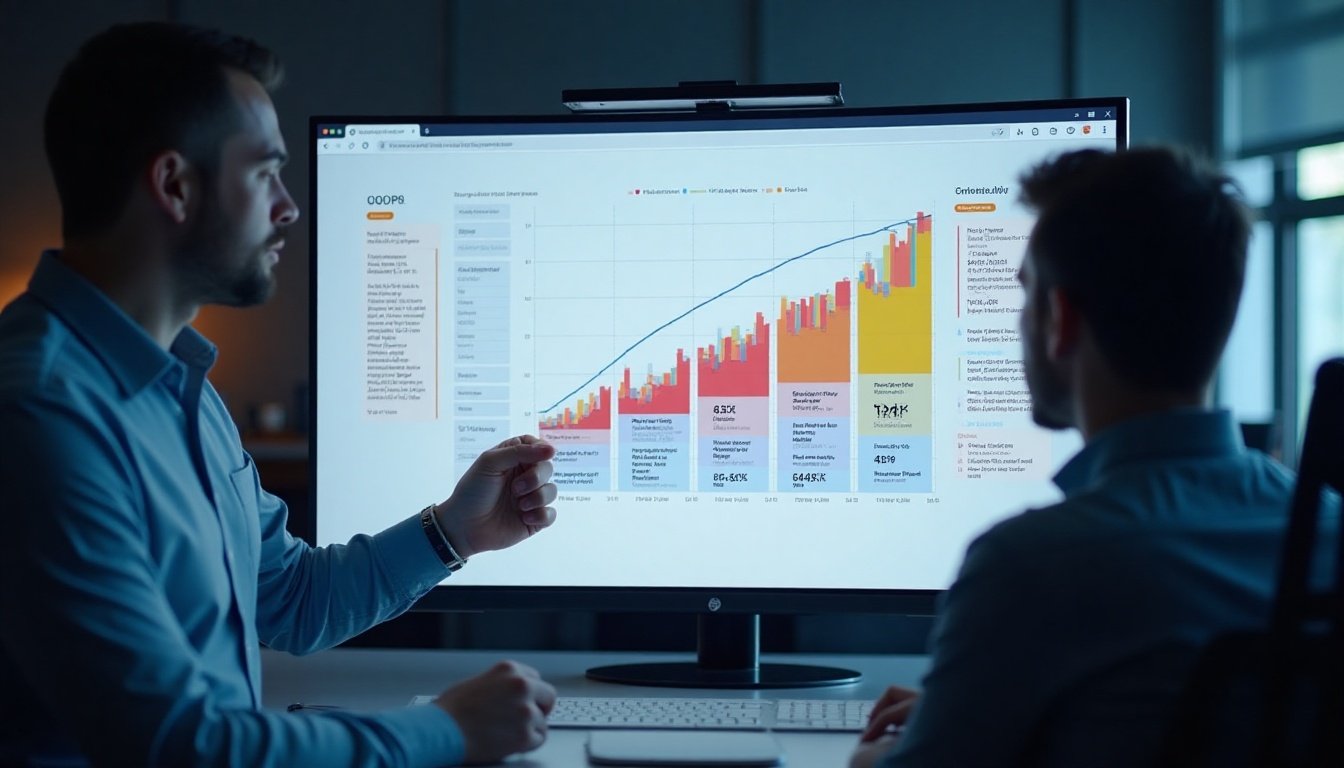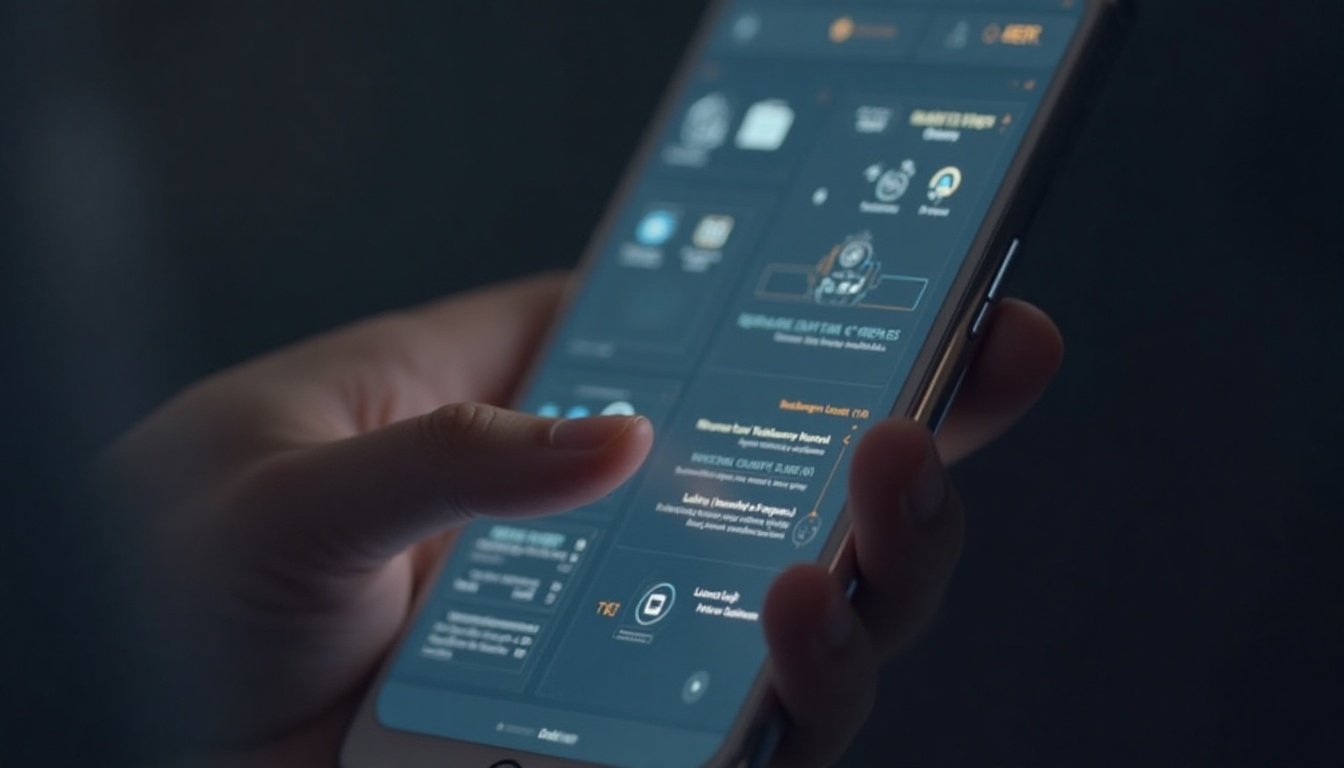In the competitive world of Software as a Service (SaaS), launching a fully polished product right away is often impractical—and unnecessary. Instead, successful startups adopt the Minimum Viable Product (MVP) approach, allowing them to test, refine, and grow efficiently. An MVP helps SaaS businesses validate their ideas, minimize costs, and accelerate market entry while collecting invaluable user insights. This blog explores why MVP design is a game-changer for SaaS startups and how it drives sustainable success.
Understanding MVP in SaaS
An MVP is the most basic version of a product that includes only essential features to address a core problem for early users. For SaaS companies, an MVP serves as a low-risk, high-reward strategy—enabling them to test demand, gather feedback, and refine their offering before committing to full-scale development. Rather than investing months (or years) building an elaborate platform, startups can launch quickly, learn from real users, and iterate based on actual needs.
Why MVP Design is Crucial for SaaS Startups
1. Faster Market Entry
Speed is critical in the SaaS industry, where competition is fierce and customer expectations evolve rapidly. An MVP allows startups to launch quickly, securing early adopters and generating initial traction while competitors are still in development. By entering the market sooner, SaaS companies can start building brand recognition, refining their product, and even generating revenue before scaling up.
2. Cost-Efficient Development
Building a full-featured SaaS platform requires significant investment in development, infrastructure, and maintenance. An MVP reduces upfront costs by focusing only on core functionalities, ensuring that resources are allocated wisely. This lean approach prevents overspending on unnecessary features and allows startups to validate their business model before making large financial commitments.
3. Real-World Validation & User Feedback
One of the biggest risks for any startup is building a product that nobody wants. An MVP tests assumptions in the real market, helping founders understand whether their solution truly meets customer needs. Early user feedback highlights pain points, preferences, and potential improvements, enabling data-driven decisions that shape the product’s future development.
4. Attracting Investors & Early Adopters
Investors look for proof of concept and traction before funding a startup. An MVP provides tangible evidence that the product has market demand, making it easier to secure funding. Additionally, early adopters who engage with the MVP can become brand advocates, driving organic growth through word-of-mouth and referrals.
5. Agile & Scalable Growth
SaaS success depends on continuous improvement. An MVP supports iterative development, allowing startups to refine their product based on real user behavior. Instead of guessing which features to add next, founders can prioritize updates that align with customer demand, ensuring sustainable and scalable growth.
Real-World Examples of SaaS MVPs
Several industry giants began with a simple MVP before scaling into market leaders:
-
Dropbox started with a demo video to validate demand before building its file-sharing platform.
-
Slack was initially an internal communication tool before evolving into a global SaaS powerhouse.
-
Buffer tested its social media scheduling concept with a basic landing page before developing the full product.
Steps to Build a Winning SaaS MVP
-
Identify the Core Problem – Focus on solving one key pain point for your target audience.
-
Define Essential Features – Prioritize must-have functionalities and avoid unnecessary complexity.
-
Develop a Prototype – Use no-code tools or lean development to create a functional MVP quickly.
-
Launch & Gather Feedback – Release the MVP to early users and collect actionable insights.
-
Iterate & Scale – Refine the product based on feedback before expanding features.
Final Thoughts
For SaaS startups, an MVP is more than just a development strategy—it’s a smart, risk-mitigated path to success. By launching a lean version of their product first, founders can validate demand, optimize resources, and build a solution that truly resonates with users. The key is to start small, learn fast, and scale intelligently based on real-world data.
🚀 Ready to build your SaaS MVP? Begin with a clear focus, test early, and let user feedback guide your growth!




